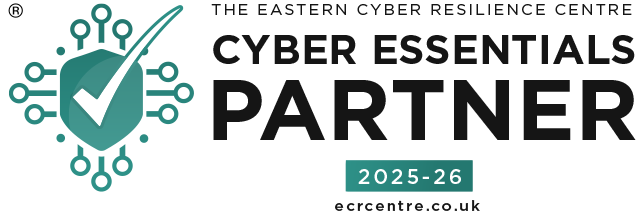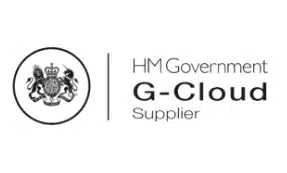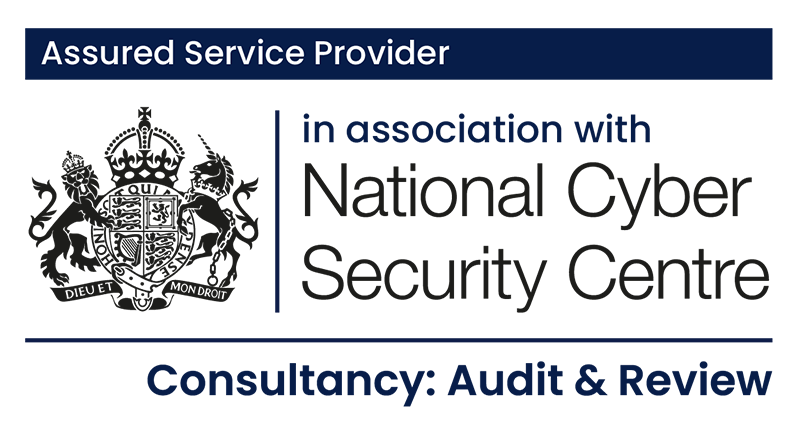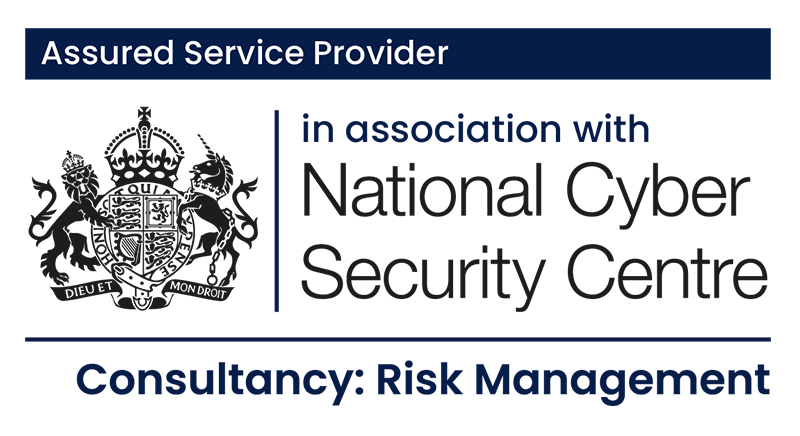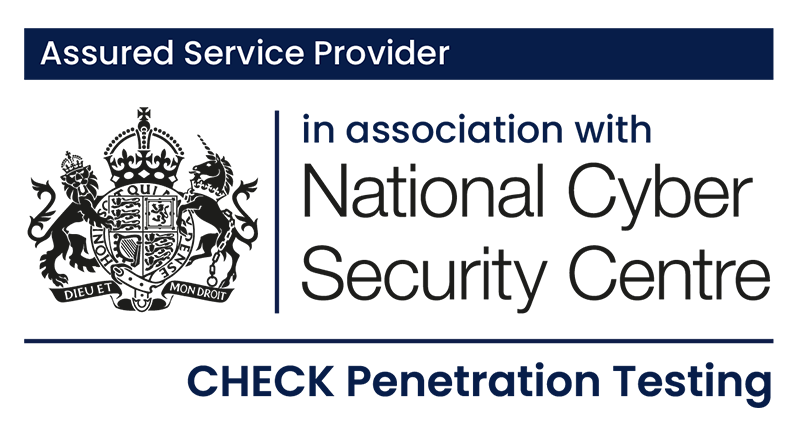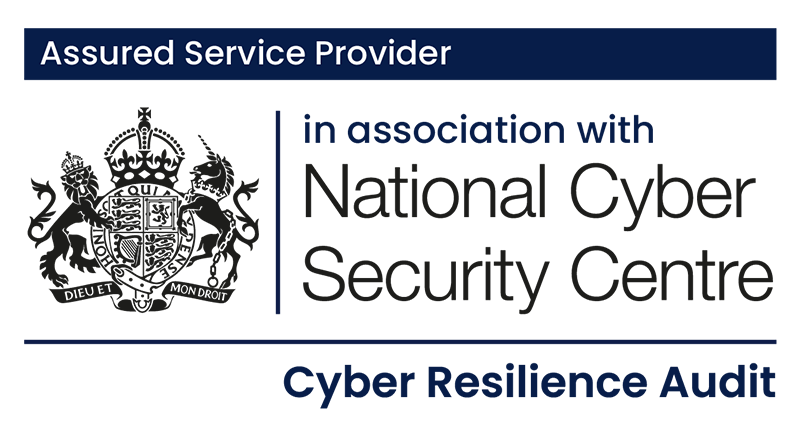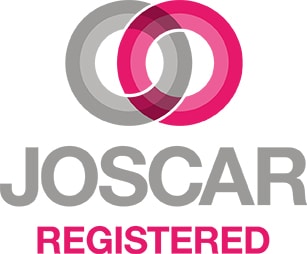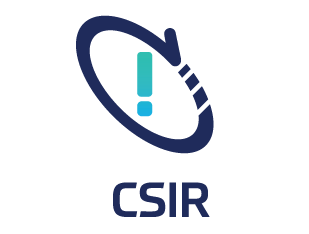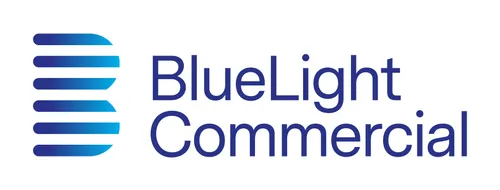It is no secret AI is at the forefront of technological innovation, reshaping industries, driving efficiencies, and unlocking unprecedented opportunities. From healthcare breakthroughs to personalised customer experiences, AI is transforming how we live and work.
According to Statista, the Artificial intelligence (AI) market is projected to grow from £4.8bn to £20.68bn within the next 5 years, reflecting a compound annual growth rate of 27.6%.
However, alongside this growth and AI’s potential, AI can introduce significant risks—ethical dilemmas, data privacy concerns, and the potential for harm if left unchecked. This dual nature of AI has made governance a critical focus for businesses and regulators alike.
This blog explores the transformative potential of AI, the associated risks, and why governance is essential to ensure AI remains a force for good. It also sets the stage for understanding emerging regulatory frameworks, including the EU AI Act and standards like ISO 42001, designed to guide responsible AI adoption.
What is Artificial Intelligence?
Think about the human brain – a vast, complex, intricate network of billions and trillions of neurons working together. These neurons communicate to process information, store memories, and as a result, enable critical thinking. Through past experiences and knowledge it acquires, the human brain is able to make decisions and come up with predictions by identifying patterns observed over the course of a lifetime.
Now, consider developing a machine that mimics the human brain’s ability to decide based on reasoning, facts, emotions, and intuition. This is where AI comes into play. Instead of neurons, AI relies on sophisticated algorithms and computational models to think, plan, and make decisions. The algorithms are designed to solve problems and make decisions, while the computational models are there to simulate a particular process based on the AI design purpose, such as mimicking how the brain works.
With the availability of powerful technologies, AI is capable of enhancing the brain’s functionalities by processing large sets of data, executing tasks at a faster rate, all with greater accuracy. It reduces errors and automates tasks, improving efficiency for both companies and people’s lives. While it falls short in emotional decision-making, abstract reasoning, and intuition, the emotional AI market is also witnessing a significant growth that is expected to reach £7.10bn within the next 5 years – According to Markets and Markets – with giant companies like Microsoft exploring its potential.
The Rise of AI: Opportunities and Challenges
AI as a Transformative Force
AI is no longer the technology of tomorrow — it is here today, powering innovations across multiple sectors, fundamentally reshaping how businesses operate and how societies function. Recent examples of AI’s power in transforming different sectors include:
Healthcare
AI-driven diagnostics are enabling earlier detection of diseases, personalising treatment plans, and optimising resource allocation in hospitals. For example, AI systems are being used to predict patient outcomes, reducing strain on healthcare providers. Stanford Medicine’s study demonstrates that AI algorithms enhance the accuracy of skin cancer diagnoses.
Finance
Fraud detection systems powered by machine learning can identify suspicious transactions in real-time, while automated trading platforms leverage AI algorithms to execute trades with precision and speed. Juniper Research forecasts significant growth in AI-enabled financial fraud detection, with cost savings reaching $10.4 billion globally by 2027. Whilst, MarketsandMarkets projects the overall global AI usage in finance to grow from USD 38.36 billion in 2024 to USD 190.33 billion by 2030, at a CAGR of 30.6%.
Retail
AI enhances customer experiences by using predictive analytics for inventory management, dynamic pricing, and personalised recommendations based on shopping behaviours. McKinsey highlights that embedding AI in operations can lead to reductions of 20 to 30 percent in inventory.
Manufacturing
Predictive maintenance powered by AI minimises equipment downtime by identifying potential failures before they occur. Deloitte’s infographic outlines the benefits of predictive maintenance, including substantial downtime reduction and cost savings. Automated quality control systems ensure consistent production standards. Elisa IndustrIQ explains how AI-driven quality control enhances product quality and consistency in manufacturing.
Transportation
Autonomous vehicles and AI-driven logistics solutions are optimising supply chains, reducing costs, and improving delivery efficiency. PwC’s 2024 Digital Trends in Operations Survey discusses how AI and other technologies are transforming operations and supply chains.
These applications demonstrate AI’s potential to revolutionise industries, boost productivity, and drive economic growth, while addressing complex challenges such as resource optimisation and scalability.
Risks of Unchecked AI
Despite the transformative potential of AI, there are ethical and pragmatic concerns related to AI that can have widespread implications, if not addressed effectively. Some of these risks currently exist, while others remain to be a hypothesis of the future.
Data Privacy Concerns
High-profile breaches have highlighted vulnerabilities in systems that lack robust security measures. AI often requires a large collection of data, potentially including personal information, to function effectively. This raises concerns around consent, data storage, and potential misuse, with high risks of data spillover, repurposing, and long-term data persistence.
Bias and Discrimination
AI systems rely on data for analysis and decision-making. If the data is flawed or biased in any way, then the outcome will reflect those inaccuracies. Poorly trained AI systems can unintentionally reinforce or amplify existing biases, particularly in sensitive areas like hiring, lending, or law enforcement.
Lack of Transparency
Complex AI models, often referred to as “black boxes,” produce decisions that are difficult to interpret. This opacity can erode trust, especially in high-stakes applications such as healthcare diagnostics and criminal justice.
Security Vulnerabilities
AI systems, if not properly secured, can be exploited by cyber criminals to cause operational disruptions, gain unauthorised access to sensitive information, and could affect human life. Adversarial attacks, where malicious actors manipulate AI inputs to alter outcomes, are a growing concern. At the Black Hat security conference in August 2024, researcher Michael Bargury demonstrated how Microsoft’s AI system, Copilot, could be manipulated for malicious activities. By crafting specific prompts, attackers could transform Copilot into an automated spear-phishing tool, mimicking a user’s writing style to send personalized phishing emails. This highlights the susceptibility of AI models to prompt injection attacks, where adversaries input malicious instructions to alter the system’s behaviour.
Ethical Dilemmas
The deployment of AI in areas such as surveillance or autonomous weaponry raises ethical questions about accountability, societal impact, and potential misuse. A 2024 study highlighted that the integration of AI into autonomous weapons systems poses significant risks to geopolitical stability and threatens the free exchange of ideas in AI research. The study emphasises the ethical challenges of delegating life-and-death decisions to machines, accountability issues, and the potential for unintended consequences in warfare.
Emerging Regulations: Setting the Stage for Responsible AI
AI is intended to drive innovation while safeguarding individuals and organisations from potential harm. With the growing awareness of risks and vulnerabilities in AI technology, governments and international bodies are recognising the need for robust AI governance frameworks. The introduction of regulations like the EU AI Act is a testament to the growing focus on balancing innovation with accountability.
This section provides a brief overview of the EU AI Act, which we will explore in greater detail in the next blog of this series, focusing on its goals, risk-based framework, and implications for businesses.
What Is the EU AI Act?
The EU AI Act aims to establish a harmonised regulatory framework for AI, addressing risks while advancing AI technology responsibly. It categorises AI systems into risk levels and sets stringent requirements for high-risk applications. This regulatory approach ensures AI systems operate in ways that respect human rights, societal values, while fostering safe innovation and sustainable growth.
Compliance Timelines for the EU AI Act
April 2021: The European Commission published the draft EU AI Act, marking the start of the legislative journey.
December 2023: The Act was formally adopted by the European Council and Parliament.
Early 2024: Finalised legal text expected to be published in the EU Official Journal.
Mid-2024: The entry into force of the Act, initiating the countdown to compliance deadlines.
2025–2026: A transitional period allowing organisations to prepare for full compliance. Most requirements will likely become enforceable by mid-2026.
These timelines are critical for businesses to understand and plan their AI compliance strategies accordingly.
UK Post-Brexit – Does the EU AI Act Apply?
The EU is not alone in prioritising AI governance. Countries like the UK, US, and Canada are also exploring regulatory initiatives. The UK’s recent signing of the world’s first international AI treaty highlights its commitment to managing AI risks on a global scale, reflecting a shared understanding of the importance of governance in AI development and expressing support for the EU as a leader in promoting trustworthy AI.
Despite Brexit, UK businesses need to be aware of this Act as it can impact their ability to engage with consumers, an area which we will explore further in blog 2.
The Role of Standards in AI Governance – Introducing ISO 42001 and NIST AI RMF
Standards like ISO 42001 and the NIST AI Risk Management Framework (AI RMF) are emerging as key tools for organisations to implement robust governance practices. The ISO 42001 is a structured approach to managing AI risks, focusing on accountability, transparency, and continuous improvement. The NIST AI RMF on the other hand, is a flexible, iterative methodology for identifying, assessing, and mitigating risks throughout the AI lifecycle.
Both standards complement each other and could be used simultaneously for a more holistic approach to managing AI security. By adopting these standards, organisations can:
- Proactively address risks and align with emerging regulations.
- Embed ethical principles into AI systems from inception.
- Demonstrate a commitment to responsible AI practices, enhancing stakeholder trust.
Final thoughts
AI has the potential to be a transformative force for good, but it requires robust governance to ensure its risks are managed and its benefits are maximised. As the regulatory landscape evolves, frameworks like the EU AI Act, ISO 42001, and NIST AI RMF are becoming essential tools for guiding responsible AI adoption.
In the next blog of this series, we will dive deeper into the EU AI Act, exploring its risk-based approach, what it means for UK-based businesses, and the importance of collaboration across borders.
Stay tuned to learn more on how your organisation can proactively prepare for the future of AI governance and navigate the evolving landscape with more confidence!
For more information about the services we offer at Cyberfort to help you secure AI contact us at [email protected]


